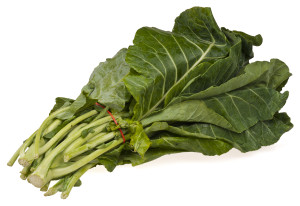Collard is a plant that is commonly eaten as a vegetable. People also use the leaves for medicine. Powder is made from its leaves.
Contents
Uses
- Collard is used for stomach pain, excess stomach acid, stomach and intestinal ulcers, and a stomach condition called Roemheld syndrome. Collard is also used to treat asthma and morning sickness. It is also used to prevent weak bones (osteoporosis), as well as cancer of the lung, stomach, colon, breast and other types of cancer.
Benefits
The cholesterol-lowering ability of collard greens may be the greatest of all commonly eaten cruciferous vegetables. In a recent study, steamed collard greens outshined steamed kale, mustard greens, broccoli, Brussels sprouts, and cabbage in terms of its ability to bind bile acids in the digestive tract. When this bile acid binding takes place, it is easier for the bile acids to be excreted from the body. Since bile acids are made from cholesterol, the net impact of this bile acid binding is a lowering of the body’s cholesterol level. It’s worth noting that steamed collards show much greater bile acid binding ability than raw collards.
The cholesterol-lowering ability of collard greens may be the greatest of all commonly eaten cruciferous vegetables. In a recent study, steamed collard greens outshined steamed kale, mustard greens, broccoli, Brussels sprouts, and cabbage in terms of its ability to bind bile acids in the digestive tract. When this bile acid binding takes place, it is easier for the bile acids to be excreted from the body. Since bile acids are made from cholesterol, the net impact of this bile acid binding is a lowering of the body’s cholesterol level. It’s worth noting that steamed collards show much greater bile acid binding ability than raw collards.
We get unique health benefits from collard greens in the form of cancer protection. The cancer-preventive properties of collard greens may be largely related to 4 specific glucosinolates found in this cruciferous vegetable: glucoraphanin, sinigrin, gluconasturtiian, and glucotropaeolin. Each of these glucosinolates can be converted into an isothiocyanate (ITC) that helps lower our cancer risk by supporting our detox and anti-inflammatory systems

